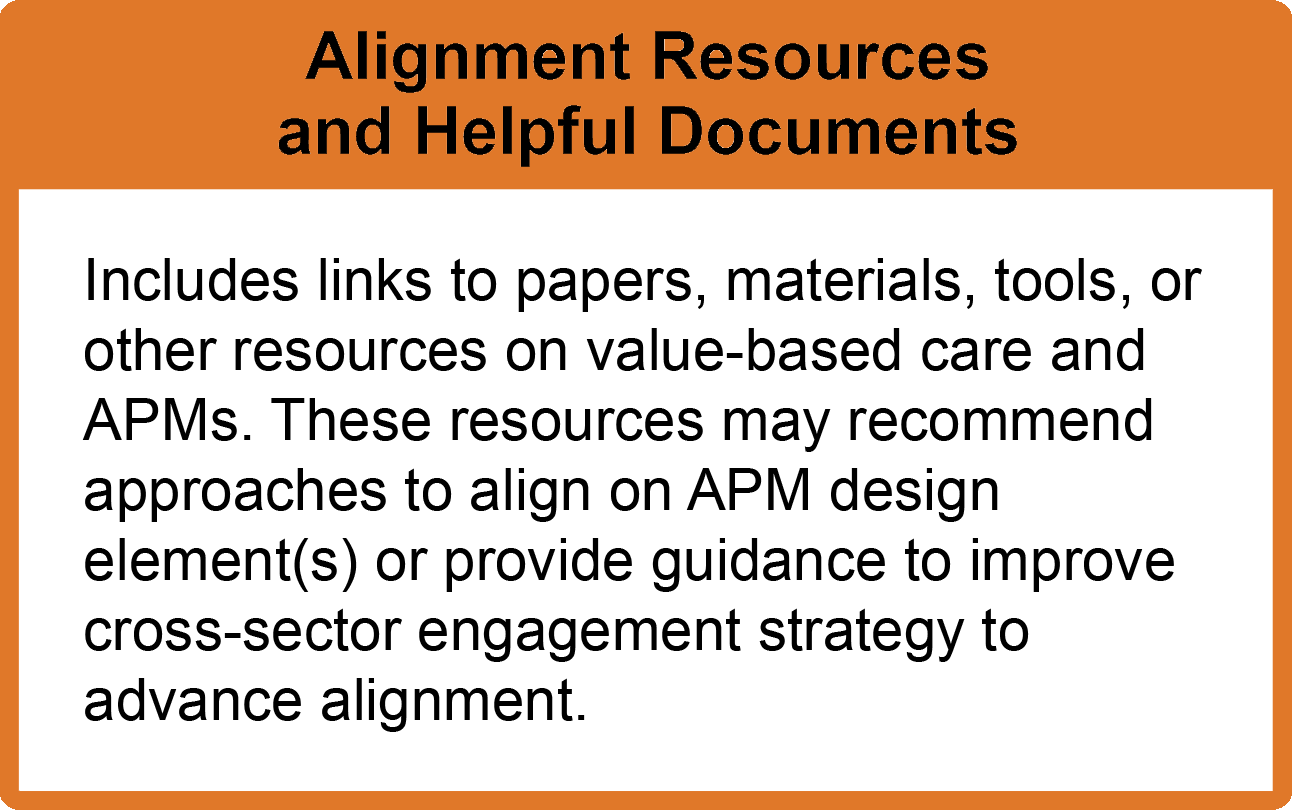This post originally appeared on the NEJM Catalyst blog.
Changing how America pays for primary care is a crucial key to unlocking transformation across the entire health care delivery system. A new white paper from the Health Care Payment Learning & Action Network (LAN) outlines a value-driven payment approach for primary care.
Primary care accounts for more than 55% of the 1 billion physician office visits each year in the United States, and decisions made by primary care professionals influence up to 90% of total health care costs, through referrals to other doctors, clinical testing and procedures, and patient hospitalizations. Yet direct spending on primary care comprises only a tiny portion of national health care spending.
Because primary care is often the first point of contact for patients needing treatment and diagnoses for common illnesses and conditions, it serves as an entry point to the health care system. Primary care is the foundation necessary to address social determinants of health, which account for so much of health outcomes. With health care delivery, total costs, and patient outcomes tied so closely to the actions of primary care professionals, commensurate rewards will contribute to the health of our country.
The Dual Role of Primary Care
The ideal role of primary care in the health care system is twofold:
- Establish trusting partnerships between patients and clinicians that enable the delivery of high- quality, patient- and family-centered care that is readily accessible.
- Serve as effective stewards of health care resources through planned care, population health management, and care coordination with specialty and other services (e.g., social services).
At present, primary care in the United States faces significant challenges in fulfilling its dual role. These challenges are in part attributable to payment policies that encourage fragmented, uncoordinated care and barriers to access driven by administrative constraints and the misplaced incentives of pure fee-for-service payment. Primary care teams also face overwhelming administrative requirements, which consume approximately one-sixth of physicians’ work hours, deprive primary care teams of time with patients, and contribute to professional burnout.
Principles and Recommendations for Value-Driven Payment in Primary Care
Consistent with the overarching mission and vision of the LAN, the major goal of its Primary Care Payment Model (PCPM) Work Group is to put forward a payment model — established through multi-stakeholder deliberations — that public and private payers (i.e., Medicare, Medicaid, and commercial plans) can use to align payments to primary care practices. We seek to inform health care stakeholders about how value-based arrangements in PCPMs can drive delivery system transformations that strengthen primary care’s capacity to achieve better care, smarter spending, and healthier people, and to offer recommendations for structuring these types of arrangements.
In our recently released white paper on PCPMs, the Work Group sets out 7 principles and 19 recommendations for implementing alternative payment models (APMs) in primary care. The principles outline general characteristics of transformative primary care delivery and payment that PCPMs must promote to achieve significant improvements in care, while the recommendations identify specific payment mechanisms that drive delivery changes in a way that advances the principles.
By providing the right incentives and support, we can help primary care lead the way on health care transformation. Key principles and recommendations for transforming primary care through PCPMs include:
- The preferred form of payment for primary care employs risk-adjusted, comprehensive prospective payment, including some retrospective reconciliation, based on the patients empaneled or attributed to the primary care practice.
- PCPMs should enhance primary care teams’ collaboration and coordination with specialists, hospitals, emergency departments, and other providers to deliver timely, appropriate, and efficient care. Similarly, payers and primary care teams will need to partner to ensure the success of PCPMs.
- To effectively incentivize practice transformation, PCPMs should apply across multiple payers and cover the majority of a practice’s patient population.
- Practices should demonstrate success on metrics of patient access, quality of care, comprehensiveness of services, responsiveness to patients, and effective stewardship of resources, as stipulated in the model design.
Under alternative payment models, primary care practitioners take a front and center role as stewards of the effective and efficient delivery of services. Aligning payments from all payers will create a more stable and predictable environment for primary care practices. This will allow them to make sounder investments in infrastructure and workflows that improve primary care delivery. The new primary care payment models allow for a comprehensive and team-based approach that can be tailored to fit a variety of practice organizations and structures, all contributing to better health and outcomes while shepherding limited financial resources wisely.
To participate in this crucial effort, send an email to paymentnetwork@mitre.org.
 William E. Golden, MD, MACP
William E. Golden, MD, MACP
William E. Golden is a member of the Health Care Payment Learning & Action Network’s Guiding Committee. He serves as Professor of Medicine and Public Health, University of Arkansas for Medical Sciences, and as Medical Director of Arkansas DHS/Medicaid and is the clinical lead for the program’s multi-payer payment reform initiative.

Susan Edgman-Levitan, PA,
Susan Edgman-Levitan serves as a member of the Health Care Payment Learning & Action Network’s Guiding Committee. She is Executive Director of the John D. Stoeckle Center for Primary Care Innovation at Massachusetts General Hospital.

Sarah Callahan, MHSA
Sarah Callahan, MHSA, serves as the Population-Based Payment (PBP) and Primary Care Payment Model Work Group’s Lead for the Health Care Payment Learning & Action Network under MITRE’s CMS Alliance to Modernize Healthcare Project Leadership support.
















 Emily DuHamel Brower, M.B.A., is senior vice president of clinical integration and physician services for Trinity Health. Emphasizing clinical integration and payment model transformation, Ms. Brower provides strategic direction related to the evolving accountable healthcare environment with strong results. Her team is currently accountable for $10.4B of medical expense for 1.6M lives in Medicare Accountable Care Organizations (ACOs), Medicare Advantage, and Medicaid and Commercial Alternative Payment Models.
Emily DuHamel Brower, M.B.A., is senior vice president of clinical integration and physician services for Trinity Health. Emphasizing clinical integration and payment model transformation, Ms. Brower provides strategic direction related to the evolving accountable healthcare environment with strong results. Her team is currently accountable for $10.4B of medical expense for 1.6M lives in Medicare Accountable Care Organizations (ACOs), Medicare Advantage, and Medicaid and Commercial Alternative Payment Models. Victor is the Chief Medical Officer for TennCare, Tennessee’s Medicaid Agency. At TennCare, Victor leads the medical office to ensure quality and effective delivery of medical, pharmacy, and dental services to its members. He also leads TennCare’s opioid epidemic strategy, social determinants of health, and practice transformation initiatives across the agency. Prior to joining TennCare, Victor worked at Evolent Health supporting value-based population health care delivery. In 2013, Victor served as a White House Fellow to the Secretary of Health and Human Services. Victor completed his Internal Medicine Residency at Emory University still practices clinically as an internist in the Veteran’s Affairs Health System.
Victor is the Chief Medical Officer for TennCare, Tennessee’s Medicaid Agency. At TennCare, Victor leads the medical office to ensure quality and effective delivery of medical, pharmacy, and dental services to its members. He also leads TennCare’s opioid epidemic strategy, social determinants of health, and practice transformation initiatives across the agency. Prior to joining TennCare, Victor worked at Evolent Health supporting value-based population health care delivery. In 2013, Victor served as a White House Fellow to the Secretary of Health and Human Services. Victor completed his Internal Medicine Residency at Emory University still practices clinically as an internist in the Veteran’s Affairs Health System. Tamara Ward is the SVP of Insurance Business Operations at Oscar Health, where she leads the National Network Contracting Strategy and Market Expansion & Readiness. Prior to Oscar she served as VP of Managed Care & Network Operations at TriHealth in Southwest Ohio. With over 15 years of progressive health care experience, she has been instrumental driving collaborative payer provider strategies, improving insurance operations, and building high value networks through her various roles with UHC and other large provider health systems. Her breadth and depth of experience and interest-based approach has allowed her to have success solving some of the most complex issues our industry faces today. Tam is passionate about driving change for marginalized communities, developing Oscar’s Culturally Competent Care Program- reducing healthcare disparities and improving access for the underserved population. Tamara holds a B.A. from the University of Cincinnati’s and M.B.A from Miami University.
Tamara Ward is the SVP of Insurance Business Operations at Oscar Health, where she leads the National Network Contracting Strategy and Market Expansion & Readiness. Prior to Oscar she served as VP of Managed Care & Network Operations at TriHealth in Southwest Ohio. With over 15 years of progressive health care experience, she has been instrumental driving collaborative payer provider strategies, improving insurance operations, and building high value networks through her various roles with UHC and other large provider health systems. Her breadth and depth of experience and interest-based approach has allowed her to have success solving some of the most complex issues our industry faces today. Tam is passionate about driving change for marginalized communities, developing Oscar’s Culturally Competent Care Program- reducing healthcare disparities and improving access for the underserved population. Tamara holds a B.A. from the University of Cincinnati’s and M.B.A from Miami University.


 Dr. Peter Walsh joined the Colorado Department of Health Care Policy and Financing as the Chief Medical Officer on December 1, 2020. Prior to joining HCPF, Dr. Walsh served as a Hospital Field Representative/Surveyor at the Joint Commission, headquartered in Oakbrook Terrace, Illinois.
Dr. Peter Walsh joined the Colorado Department of Health Care Policy and Financing as the Chief Medical Officer on December 1, 2020. Prior to joining HCPF, Dr. Walsh served as a Hospital Field Representative/Surveyor at the Joint Commission, headquartered in Oakbrook Terrace, Illinois.





